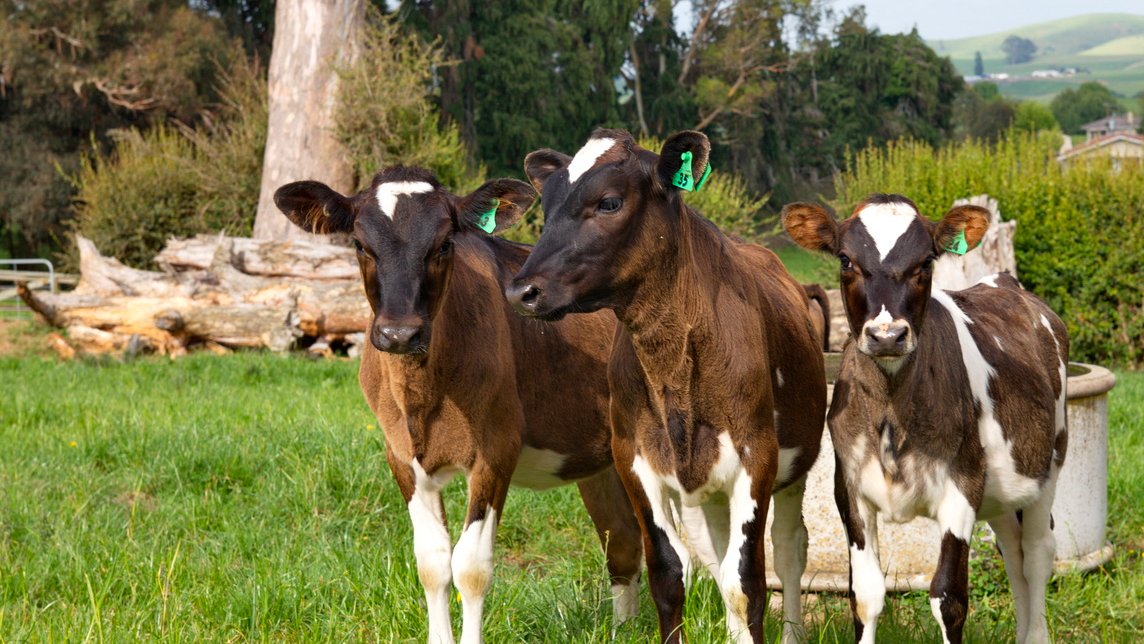Many economists would say the key is to not put all your eggs in one basket, invest in a portfolio of things to spread your risk. By investing in your reproductive performance you are doing exactly that.
Focusing resources on improving reproductive performance and lifting indicators, such as 6 week in-calf rate, not in-calf rate, conception rate and three week submission rate; can have valuable flow on effects that offset risks and bring value to your business across a wide variety of facets (economic, social, environmental and legal).
Economic benefit
- Improved
revenue - having cows in-calf to the first insemination gives you more days
in milk
- Improved
asset worth - more cows in-calf gives you more choice when it comes to
discretionary culling, allowing you to improve the BW and asset worth of your
herd over time.
- An additional revenue stream - more calves will also mean you can sell excess heifers or mate the bottom % of your herd to beef, giving you another revenue stream.
Social benefit
- Improved
health and safety - tighter calving patterns can allow farm workers more
time to rest between calving and mating.
- Positive reflection on animal welfare - healthy and capable animals are vital to good reproductive performance therefore a lift in your repro performance can be an indicator your herd’s wellbeing has improved also.
Environmental benefit
- Reduced
environmental impact - improved reproductive performance allows you to do
more with less. Selecting for better performing cows enables you to have fewer
cows which should reduce emissions of nitrogen and methane.
Legal benefit
- Compliance - Policies
such as those in the Animal Welfare Act 1999 require owners of animals and
persons in charge of animals to attend to physical, health and behavioural
needs of animals. High level of compliance with such policies can be achieved
as a result of working toward high reproductive performance.
What does investing in reproductive performance look like? High
reproductive performance is achieved through effective management of the eight
key management areas. Conduct an assessment of your herd to
prioritise and find out areas for focusing resources to achieve high
reproductive performance.

